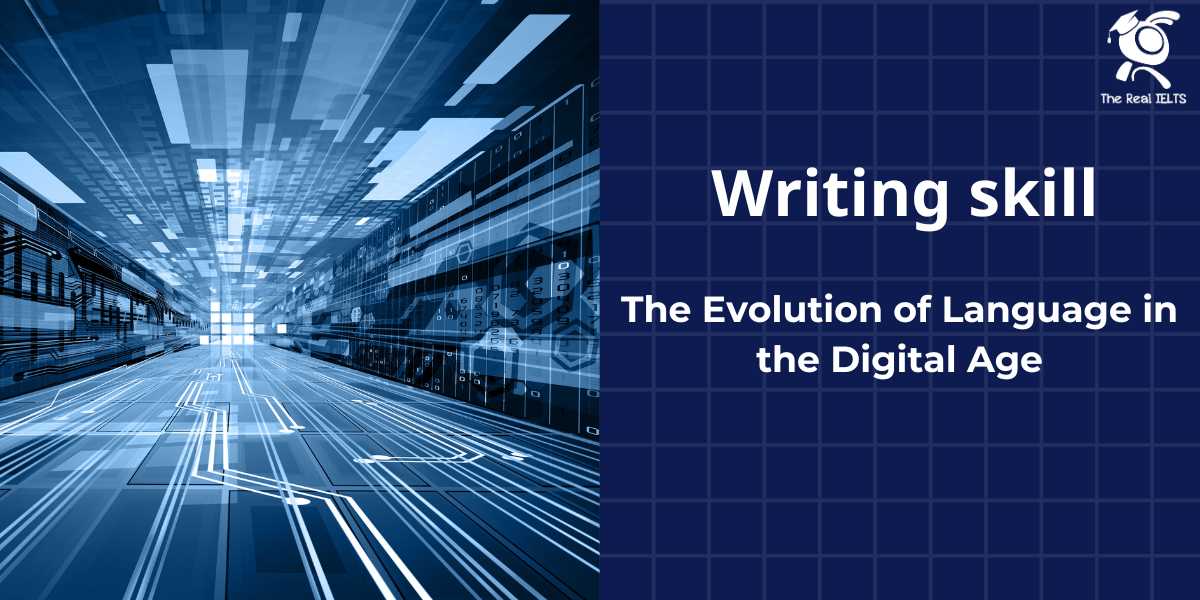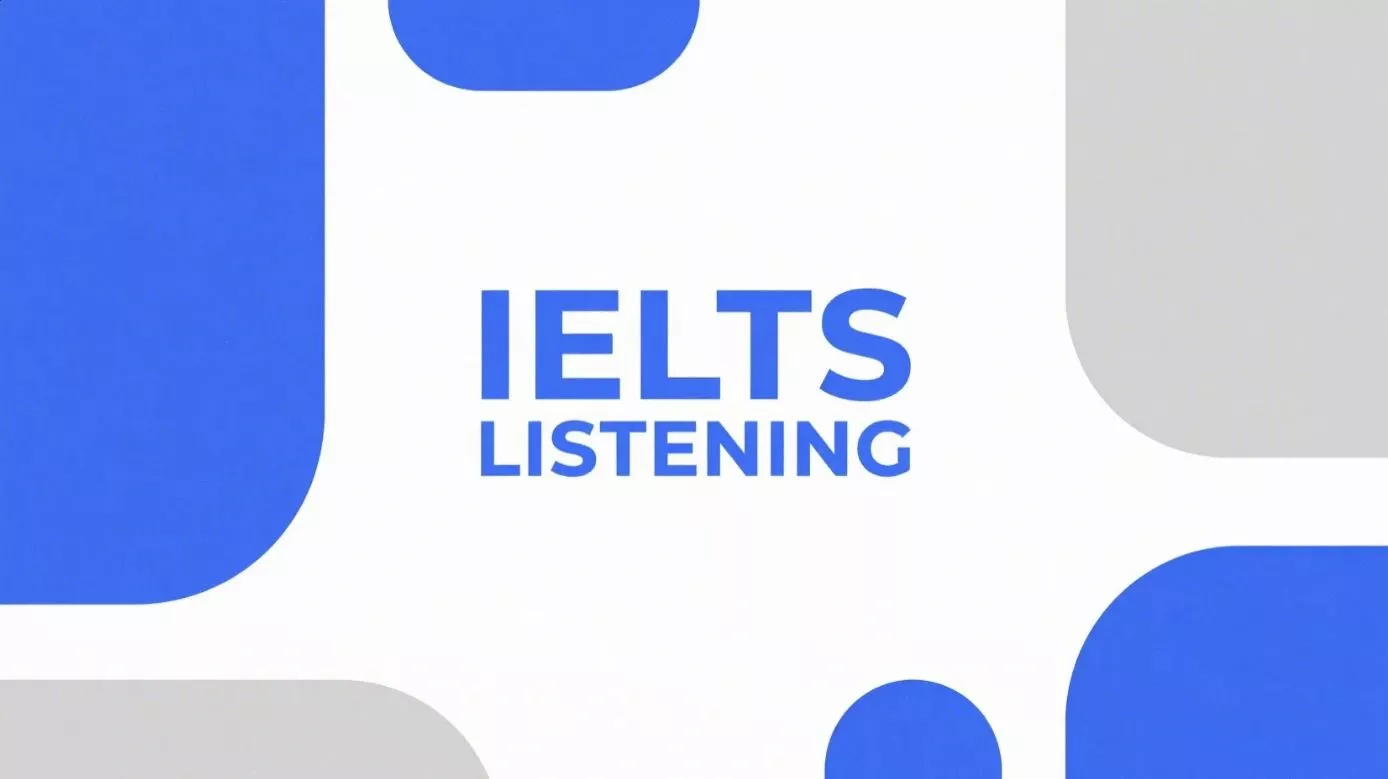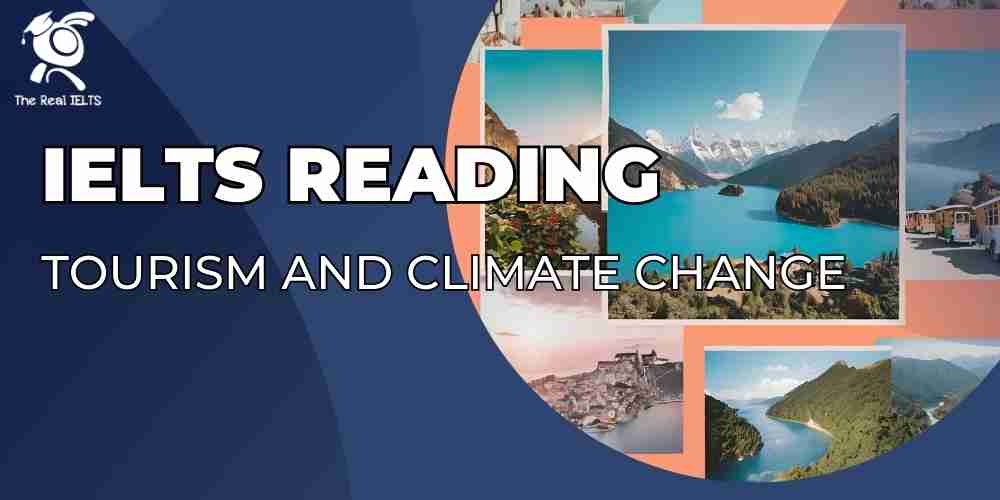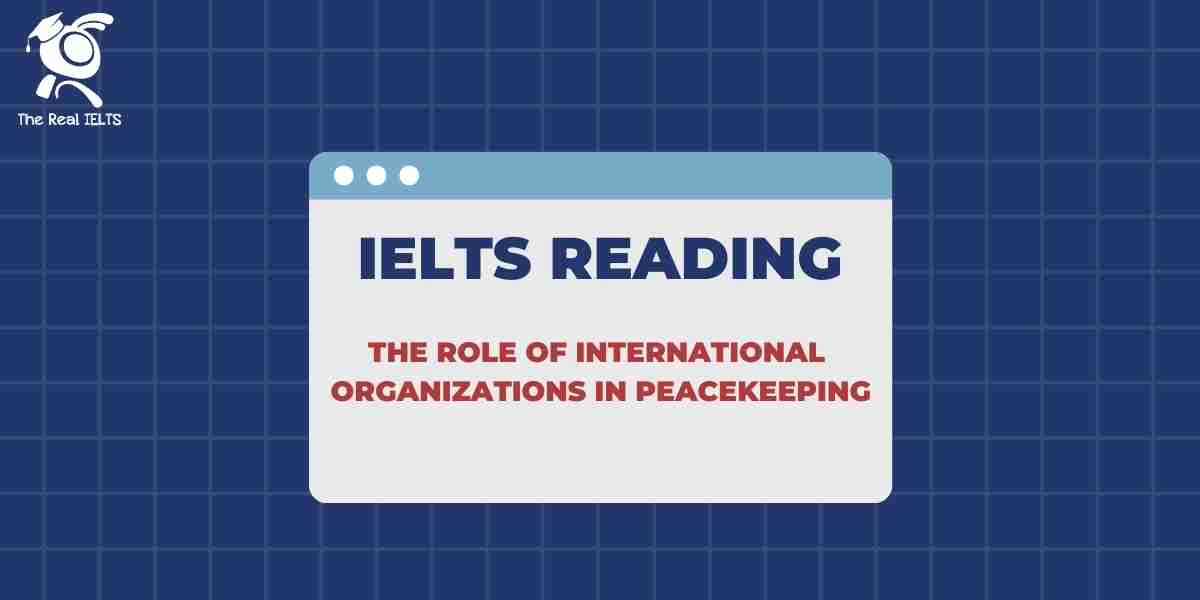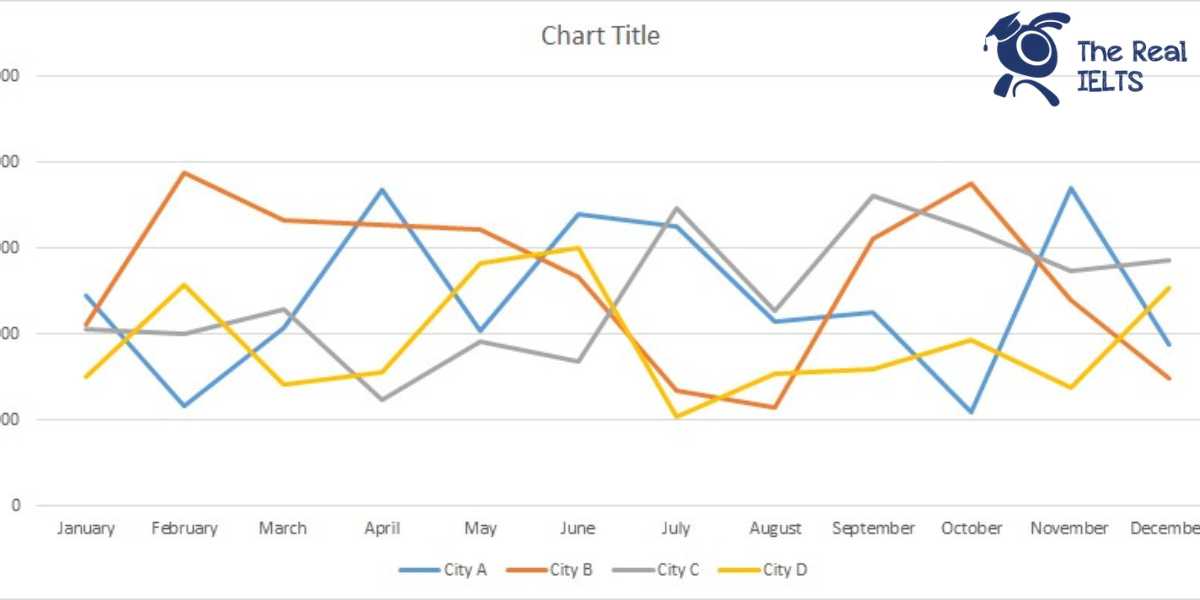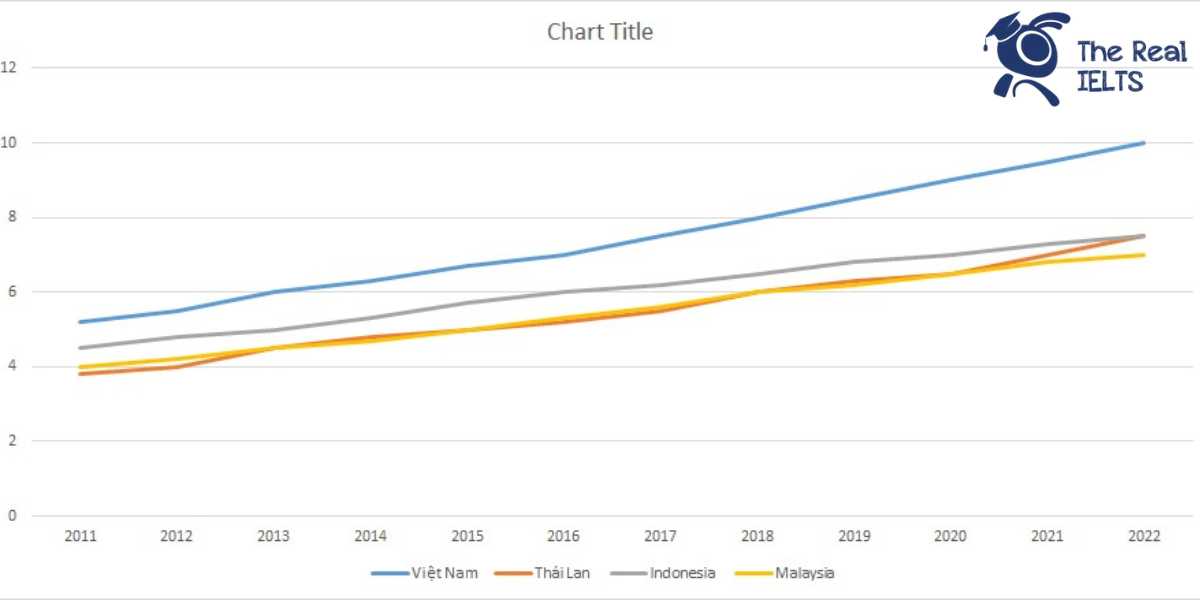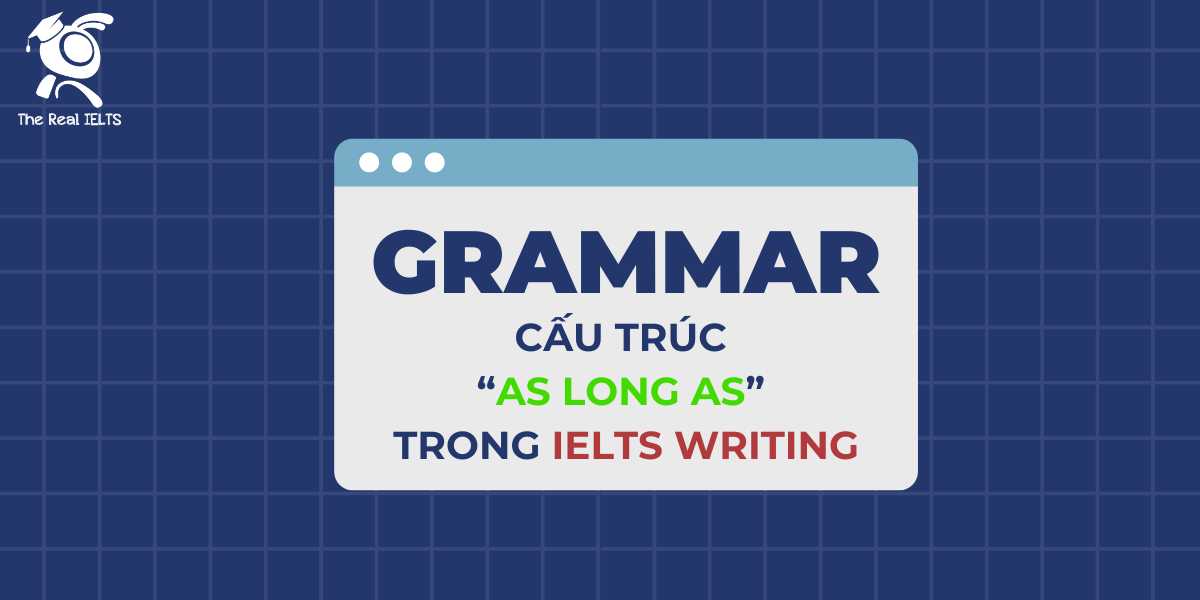Bài Writing lần này đề cập đến sự tiến hóa của ngôn ngữ trong thời đại kỹ thuật số. Đây là bài Writing có tính chất phải tham khảo nhiều nhưng quan trọng trong lúc thi các bạn vẫn phải đảm bảo viết chính xác từ vựng và ngữ pháp.
Writing Outline: The Evolution of Language in the Digital Age
Introduction
- Hook: Present a striking statistic or anecdote about the rapid changes in language use due to digital technology.
- Background: Brief overview of language evolution historically.
- Thesis Statement: The digital age has significantly influenced language evolution, leading to the development of new communication forms, vocabulary, and linguistic norms.
Body Paragraph 1: New Forms of Communication
- Instant Messaging and Social Media:
- Introduction of new platforms (e.g., Twitter, WhatsApp, Snapchat).
- Impact on sentence structure and punctuation.
- Emojis and GIFs:
- Use of visual symbols to convey emotions and ideas.
- Impact on the need for textual expression.
- Voice and Video Communication:
- Increase in voice notes and video calls.
- Influence on verbal communication skills and etiquette.
Body Paragraph 2: Evolution of Vocabulary
- Neologisms and Slang:
- Creation of new words and phrases (e.g., “selfie,” “hashtag,” “vlog”).
- Spread and acceptance of internet slang.
- Technological Jargon:
- Incorporation of tech-related terms into everyday language.
- Examples: “cloud,” “streaming,” “app.”
- Language Shortening:
- Abbreviations and acronyms (e.g., “LOL,” “BRB”).
- Influence on written and spoken language efficiency.
Body Paragraph 3: Changes in Linguistic Norms and Practices
- Grammar and Spelling:
- Relaxation of traditional grammar and spelling rules in digital communication.
- Examples of common deviations (e.g., lack of capitalization, creative spelling).
- Code-Switching:
- Blending of languages and dialects in online communication.
- Use of transliteration and mixed language expressions.
- Globalization of English:
- Spread of English as a lingua franca in digital spaces.
- Influence on non-native English speakers’ language use and local languages.
Conclusion
- Summary of Key Points: Recap the main points about new communication forms, vocabulary evolution, and changes in linguistic norms.
- Implications: Discuss the potential long-term effects of these changes on language and communication.
- Closing Thought: Reflect on the continuous nature of language evolution and the role of digital technology in shaping future communication.
Triển khai bài Writing dựa trên dàn ý
Introduction
Language is evolving at an unprecedented pace, driven largely by the digital revolution. With over 4.5 billion internet users worldwide, the ways in which we communicate have been transformed dramatically. Historically, language has always evolved, but the advent of the digital age has accelerated this process, leading to new forms of communication, an expanded vocabulary, and shifts in linguistic norms. This essay explores how the digital age has reshaped language, focusing on these key areas.
New Forms of Communication
The rise of instant messaging and social media has revolutionized how we communicate. Platforms such as Twitter, WhatsApp, and Snapchat encourage brevity and speed, impacting the structure of our sentences and the way we use punctuation. For instance, the character limit on Twitter has led to more concise expressions of thought, often at the expense of traditional grammar and punctuation.
Emojis and GIFs have further transformed communication, adding a visual dimension to our conversations. These symbols and animations convey emotions and ideas that sometimes words alone cannot, reducing the need for lengthy textual explanations. A simple heart emoji can replace a sentence expressing love and affection, while a GIF can humorously convey complex reactions and feelings.
Additionally, the increased use of voice notes and video calls has influenced verbal communication. These modes allow for more nuanced and expressive interactions compared to text alone. However, they also demand new communication skills and etiquette, as individuals navigate the challenges of tone, clarity, and engagement in digital formats.
Evolution of Vocabulary
The digital age has introduced a plethora of new words and phrases into our vocabulary. Neologisms and slang terms such as “selfie,” “hashtag,” and “vlog” have become commonplace, illustrating how technology influences language. These terms often emerge rapidly, spread quickly across the internet, and gain widespread acceptance.
Technological jargon has also permeated everyday language. Terms like “cloud,” “streaming,” and “app” are now part of the common lexicon, reflecting the pervasive influence of technology on our lives. This jargon not only describes new technologies but also shapes how we think about and interact with them.
Language shortening, through abbreviations and acronyms, has become prevalent in digital communication. Expressions like “LOL” (laugh out loud) and “BRB” (be right back) enhance efficiency and are widely understood across various platforms. This trend towards brevity influences both written and spoken language, making communication faster and, at times, more informal.
Changes in Linguistic Norms and Practices
The digital age has also led to a relaxation of traditional grammar and spelling rules. In the fast-paced world of online communication, perfect grammar and spelling often take a back seat. Common deviations include the omission of capitalization, creative spelling, and the use of non-standard punctuation. While some view these changes as a decline in language standards, others see them as a natural evolution of language in a digital context.
Code-switching, or the blending of languages and dialects, is another notable trend. Online communication frequently features a mix of languages, especially in multilingual communities. Transliteration, where words from one language are written in the script of another, is common, as are mixed language expressions. This blending reflects the dynamic and fluid nature of language in the digital age.
The globalization of English has been significantly accelerated by the internet. English has become the lingua franca of the digital world, influencing non-native speakers’ language use and impacting local languages. While this can lead to greater global communication, it also raises concerns about the erosion of linguistic diversity.
Conclusion
The digital age has profoundly impacted language, introducing new forms of communication, expanding our vocabulary, and altering linguistic norms. These changes highlight the adaptability and resilience of language in the face of technological advancements. As we continue to navigate this digital landscape, it is essential to recognize both the opportunities and challenges it presents for communication. Language will undoubtedly continue to evolve, shaped by the ever-changing digital technologies that connect us.
Từ vựng và cụm từ vựng được sử dụng trong bài viết
- evolving – phát triển
- unprecedented pace – tốc độ chưa từng có
- driven largely by – được thúc đẩy phần lớn bởi
- digital revolution – cách mạng số
- communicate – giao tiếp
- transformed dramatically – thay đổi đáng kể
- historically – về mặt lịch sử
- accelerated – tăng tốc
- process – quá trình
- new forms of communication – các hình thức giao tiếp mới
- expanded vocabulary – vốn từ vựng mở rộng
- shifts in linguistic norms – sự thay đổi trong các chuẩn mực ngôn ngữ
- rise of instant messaging – sự trỗi dậy của nhắn tin tức thời
- social media – mạng xã hội
- revolutionized – cách mạng hóa
- brevity and speed – ngắn gọn và nhanh chóng
- impact – ảnh hưởng
- structure of sentences – cấu trúc câu
- punctuation – dấu câu
- character limit – giới hạn ký tự
- concise expressions – cách diễn đạt ngắn gọn
- traditional grammar – ngữ pháp truyền thống
- punctuation – dấu câu
- emojis – biểu tượng cảm xúc
- GIFs – ảnh động GIF
- visual dimension – khía cạnh hình ảnh
- convey emotions and ideas – truyền đạt cảm xúc và ý tưởng
- lengthy textual explanations – giải thích bằng văn bản dài dòng
- voice notes – ghi chú giọng nói
- video calls – cuộc gọi video
- verbal communication – giao tiếp bằng lời nói
- nuanced and expressive interactions – tương tác tinh tế và biểu cảm
- etiquette – nghi thức
- neologisms – từ mới
- slang terms – thuật ngữ lóng
- technology influences language – công nghệ ảnh hưởng đến ngôn ngữ
- widespread acceptance – chấp nhận rộng rãi
- technological jargon – biệt ngữ công nghệ
- common lexicon – từ vựng thông dụng
- language shortening – viết tắt ngôn ngữ
- abbreviations and acronyms – từ viết tắt và từ viết tắt chữ cái đầu
- enhance efficiency – nâng cao hiệu quả
- informal – không chính thức
- relaxation of traditional grammar – nới lỏng ngữ pháp truyền thống
- non-standard punctuation – dấu câu không theo chuẩn
- code-switching – chuyển đổi ngôn ngữ
- blending of languages and dialects – pha trộn ngôn ngữ và phương ngữ
- multilingual communities – cộng đồng đa ngôn ngữ
- transliteration – chuyển tự
- mixed language expressions – biểu hiện ngôn ngữ pha trộn
- dynamic and fluid nature – tính động và linh hoạt
- globalization of English – toàn cầu hóa tiếng Anh
- lingua franca – ngôn ngữ chung
- non-native speakers – người nói không bản ngữ
- local languages – ngôn ngữ địa phương
- erosion of linguistic diversity – sự xói mòn sự đa dạng ngôn ngữ
- opportunities and challenges – cơ hội và thách thức
- communication – giao tiếp
- technological advancements – tiến bộ công nghệ
- navigate – điều hướng
- digital landscape – bối cảnh kỹ thuật số
Cấu trúc câu và cấu trúc ngữ pháp được sử dụng trong bài viết
Present Continuous for ongoing actions or states:
- “Language is evolving at an unprecedented pace.”
- “The digital age is reshaping language.”
Present Perfect for actions that have occurred at an unspecified time before now:
- “The digital revolution has transformed dramatically.”
- “The advent of the digital age has accelerated this process.”
Present Perfect Continuous for actions that started in the past and continue to the present:
- “Language has always been evolving.”
Passive Voice to emphasize the action rather than the doer:
- “The ways in which we communicate have been transformed dramatically.”
- “These terms are now part of the common lexicon.”
Relative Clauses to add extra information:
- “Platforms such as Twitter, WhatsApp, and Snapchat encourage brevity and speed.”
- “Terms like ‘cloud,’ ‘streaming,’ and ‘app’ are now part of the common lexicon.”
Gerunds as subjects or objects:
- “The blending of languages and dialects is another notable trend.”
- “Navigating the challenges of tone, clarity, and engagement in digital formats.”
Infinitives to express purpose or intention:
- “These symbols and animations convey emotions and ideas that sometimes words alone cannot.”
- “To recognize both the opportunities and challenges it presents for communication.”
Comparative and Superlative Forms:
- “Language is evolving at an unprecedented pace.”
- “More nuanced and expressive interactions compared to text alone.”
Conditionals for hypothetical situations or future possibilities:
- “While this can lead to greater global communication, it also raises concerns about the erosion of linguistic diversity.”
- “As we continue to navigate this digital landscape, it is essential to recognize both the opportunities and challenges it presents for communication.”
Parallel Structure for balance and clarity:
- “Introducing new forms of communication, expanding our vocabulary, and altering linguistic norms.”
- “Reflecting the dynamic and fluid nature of language in the digital age.”
Complex Sentences with subordinating conjunctions:
- “Although some view these changes as a decline in language standards, others see them as a natural evolution of language in a digital context.”
- “As individuals navigate the challenges of tone, clarity, and engagement in digital formats.”
Use of Examples to illustrate points:
- “Platforms such as Twitter, WhatsApp, and Snapchat…”
- “Expressions like ‘LOL’ (laugh out loud) and ‘BRB’ (be right back)…”
Cause and Effect Constructions:
- “The digital age has introduced a plethora of new words and phrases into our vocabulary, illustrating how technology influences language.”
- “The globalization of English has been significantly accelerated by the internet.”
Adjective Clauses to add descriptive detail:
- “New forms of communication, an expanded vocabulary, and shifts in linguistic norms.”
- “Symbols and animations that convey emotions and ideas.”
Prepositional Phrases to provide additional information:
- “In the fast-paced world of online communication.”
- “Across various platforms.”
Học lại bài cũ: Writing skill part 15: Strategies for Building Strong Interpersonal Relationships.


